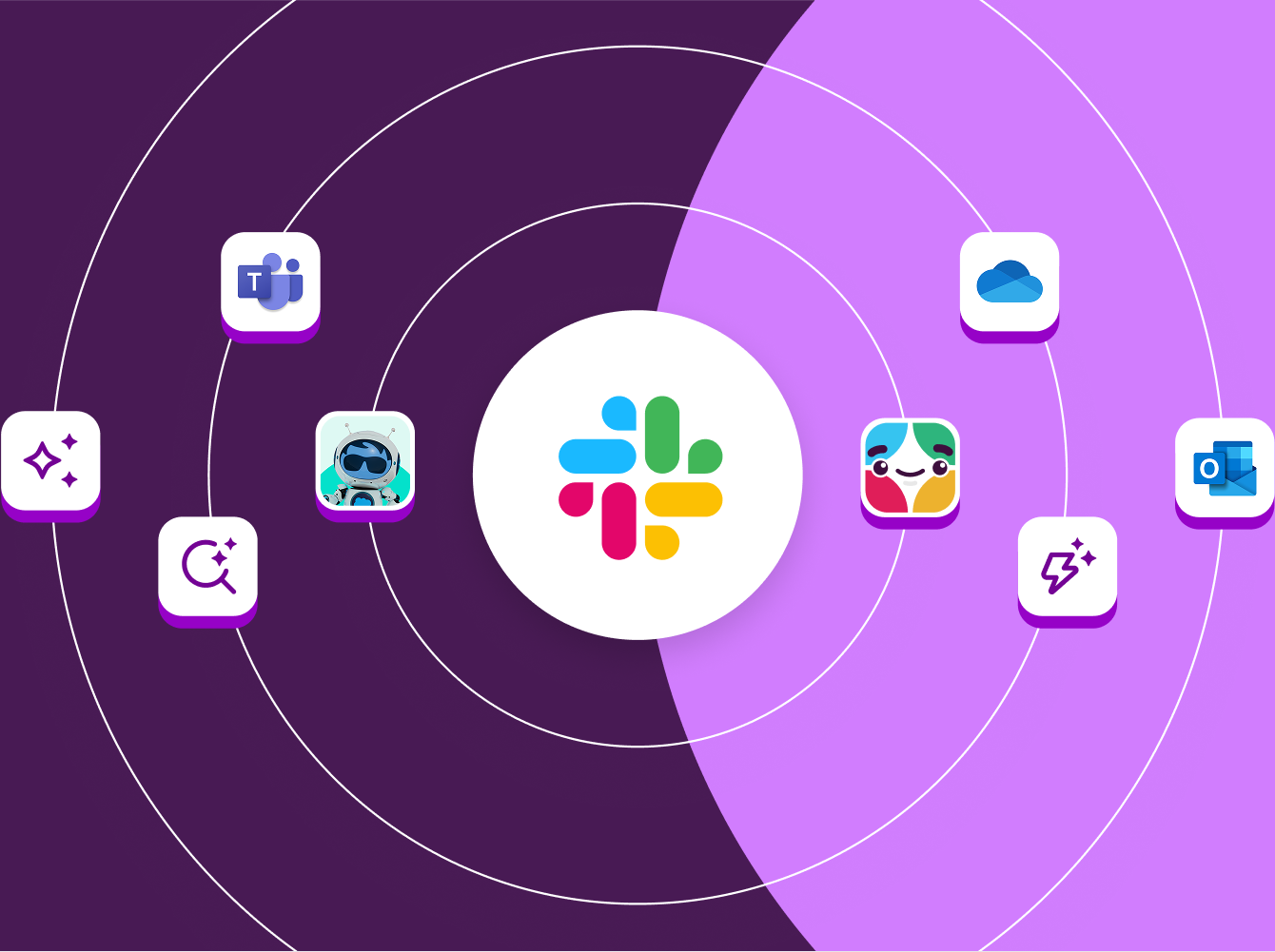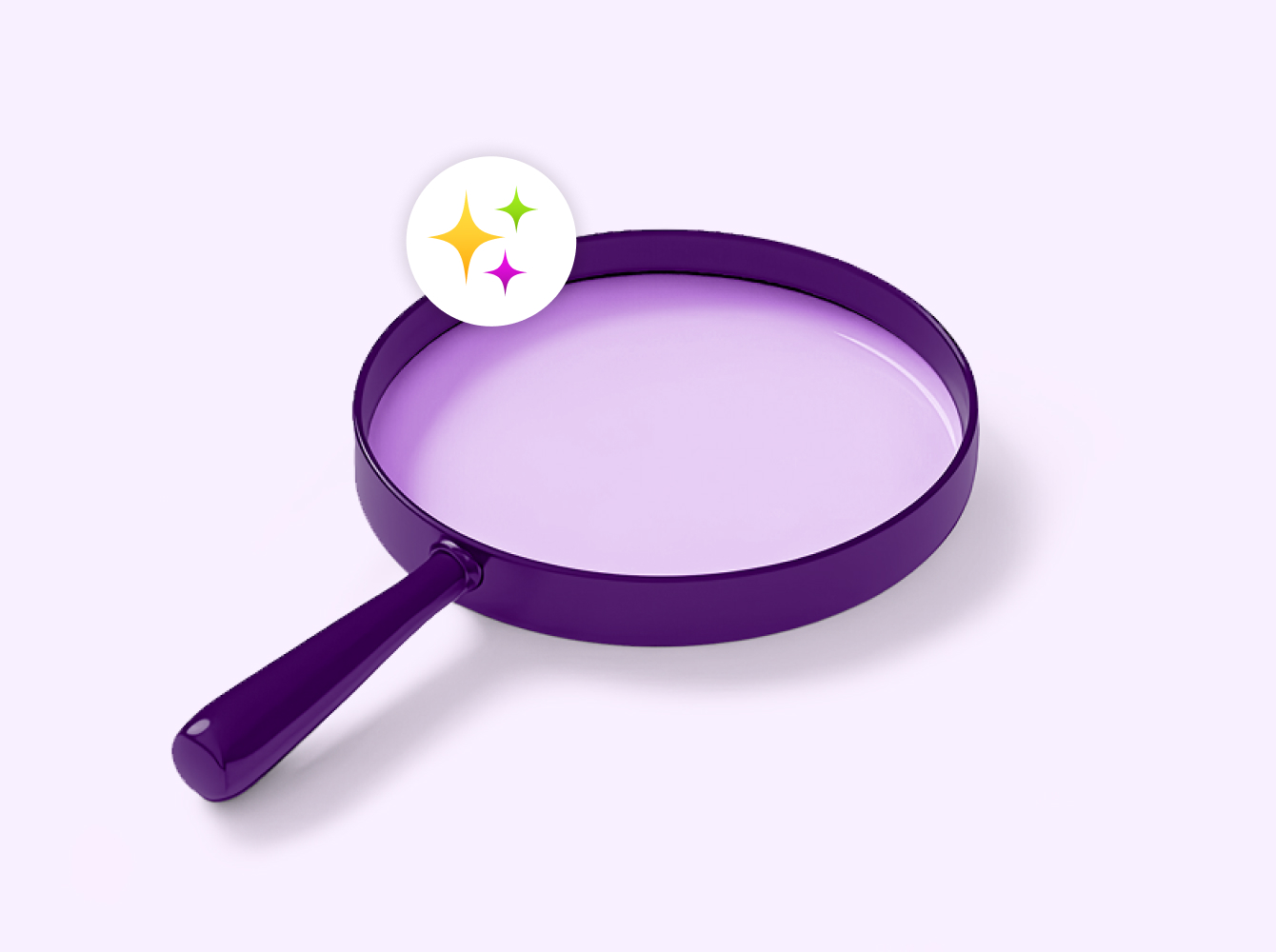Two hires, two stories
Anand is ready for a new start in his career. So when he sees that Coyote Controls is looking for app developers, he eagerly sends his résumé.
For the next four weeks, he hears nothing at all. Then, out of the blue, he gets an email inviting him for an interview. 
When the big day comes, Anand stares down at his phone, awaiting a call at 10 a.m. sharp. But the phone doesn’t ring until closer to 10:30. For Anand, doubts are starting to creep in.
The interview finally begins. But as soon as he hears the first question, Anand realizes that he doesn’t actually have the experience that Coyote is looking for. His whole application has been a complete waste of time—for Anand, and for Coyote too.
Disillusioned, he vents about his experience online and vows never to work for Coyote Controls.
“The hiring process can be tortuous. Lengthy and cumbersome, the journey from completing an application to day-one-of-employment is often fraught with peril for both the applicant and the recruiting/HR team.”
Across town, Belinda is excited. She’s in the running for a sales role at Acme Anvils, and everything is going great.
She saw the job ad a week ago. Almost immediately after she emailed her résumé, she was invited to join a Slack channel by Acme’s head of HR. In the channel, she met everyone involved in the recruitment process, and they’d already answered several of her questions.
Over the next few days, she completed her aptitude test through the channel and received feedback on it. Not only did she ace her test, she also feels like she knows her potential colleagues already.
Now she’s scheduling her interview in three days’ time, dealing directly with the interviewers via Slack to make the arrangements. She can’t wait to meet them.
Belinda is sold. Whatever happens with this job, she tells herself, I definitely want to work for Acme Anvils.
What good looks like
As these two stories show, recruiting is a complex process that can easily go wrong. But if you get it right, you can realize a host of benefits:
- Get the right person
Making the wrong hire can be a costly mistake that takes years to fix. On-point recruitment helps you get it right the first time. - Attract top talent
Candidates have a choice, and they need a reason to choose you. - Get there first
Digital has accelerated everything, and good candidates won’t wait. Young workers expect an always-on, tech-driven experience. You need the agility to make that game-changing hire before your competitors. - Build your employer brand
Candidates will assume that the recruiting experience reflects your employee experience. A strong hiring process reassures them that they’ve made the right choice and motivates them to hit the ground running.. - Save time and money
Recruiting takes about 38 days per hire. The better your recruiting process, the more precious resources you save. - Get strategic (at last)
Smarter recruiting processes mean less busywork and more high-impact partnerships. So you can focus on building skills, planning and delivering ever-greater value.
In other words, recruiting is far more than sourcing human resources from the labor market. It’s a collaborative, human process that’s really about learning, understanding and building relationships.
What candidates want
Catherine Rush, former head of talent for technology at DMG Media, that recruiters need to:
- Make the recruiting process as fast as possible
- See the process through candidates’ eyes and understand whether it works for them
- Give candidates the opportunity to express themselves, explain their background, and demonstrate their abilities
- Give candidates feedback on how they performed.
Good recruiting brings together three vital elements:

Why old-school recruiting isn’t up to the challenge
Both businesses and job candidates are demanding much more from the recruiting process. The problem is that old-school approaches, based on tools such as email, phone and spreadsheets, simply can’t deliver.
Old-school recruiting is:
- Slow
Takes far too long to find the right people and bring them on board, and burns through too much time and cash in the process - One-sided
Oriented toward the internal needs of the firm doing the recruiting, without paying enough attention to what candidates need and want - Unresponsive
Leaves candidates waiting for weeks on end to find out what’s happening with their application - Cumbersome
Relies on aging technology that simply can’t deliver instant communication, seamless information sharing or crossboundary collaboration
“The best candidates … have a newfound disdain for employers who don’t know what they want until they see it, fail to set or deliver on expectations, listen without hearing, and do not hold themselves accountable for respecting all those interested in their firm.”
Introducing the channel-based messaging platform: a new approach to managing recruiting (and all of HR)
Human resources leaders across many industries have discovered a powerful new way to streamline and accelerate the recruiting process. It’s called a channel-based messaging platform, and it differs from first-generation intranets and collaboration tools in several important ways:
- User-driven: Managed by and for users
- Fluid and organic: Supports the way each team wants to work on each project
- Open: Sharing is the default setting (with airtight privacy and security)
- Channel-based: Organized logically into project, team or topic channels
- Searchable: So company knowledge becomes available and discoverable
- Integrated: Unites all your HR and productivity apps in one place
- Easy to adopt: So users take to it spontaneously and effortlessly
Five benefits of sharper recruiting
Let’s look at five areas in which using a channel-based messaging platform can make a decisive difference to your recruiting.
1. Faster time to hire
Channels will allow you to speed up many aspects of the recruitment process.
As you develop the requirements for a role, you use channels to request, gather and document input from hiring managers and other staff. The quicker you agree on requirements, the sooner the job can be posted, and the quicker you can get qualified candidates in the door.
Later on, the platform can help you set up interviews, gather feedback, collect stakeholder opinions, and prepare job offers far more quickly than traditional tools.
Taken together, these improvements add up to faster recruiting overall, bringing you the talent you need at the time you need it.
Sends notifications for hiring pipelines and recruiting team activities directly to channels you select.
Pulls job applications into your hub as they’re submitted.
2. Faster feedback and alignment on candidates
Before candidates’ applications start rolling in, you can create a dedicated channel to view and share them or seek feedback.
Stakeholders can share their comments and suggestions, discuss candidates with one another, and quickly reach decisions on shortlisting, interviewing and, ultimately, job offers.
Use threads and emoji to get a quick sense of what everyone thinks about different candidates.
3. Make better hires
Employee referrals are a vital source of quality candidates. Referral candidates have the highest candidate-to-hire conversion rate, start sooner and report higher job satisfaction . To encourage internal applications, create a channel to promote jobs internally, solicit internal referrals and publicize any incentives.
If you choose to use outside contractors or an agency, as many large firms do, you can invite them to contribute quickly and easily in the same channels as in-house recruiters and sourcing staff.
4. Give and receive better feedback
Channels are the ideal way to gather feedback from multiple sources—from recruiting managers on candidates, and from candidates on the recruiting process itself. It also makes it easy for you to let candidates know how they’ve performed in tests and interviews.
Candidates are stakeholders too, and their impressions of the interview process matter. Ninety-nine percent of job seekers believe that they should get feedback on their interview experience, but 74% say they never receive any. Forty percent say they’ve been faced with irrelevant questions during their interview, suggesting inadequate preparation and poor information-sharing within the hiring organization.
To prevent problems like this, use your hub to lock down the process you’ll
follow before you embark on interviews. This can make a real difference: Firms
with non-standardized interview processes are more than five times as likely to make
a bad hire.
5. Reduce review meetings
Once you start using channels, you’ll need far fewer internal review meetings during the recruitment process. That saves time internally and makes the process faster overall. As you prepare for interviews, a dedicated channel is the ideal way to share interview structures, hiring scorecards and interview guidelines—and achieve the alignment you need among the stakeholders involved in interviewing and evaluation.
Separately, create a channel where interviewers can coordinate logistics and topics to cover (to prevent duplicate questions) and manage feedback after the event. This establishes a clear audit trail and lets you refer back to candidates you want to revisit later on.
Once your job opening has been filled, archive the related channels to keep your workspace tidy. If you need to go back to an earlier stage, all your channels and resources are still available. You can also track data on competitive offers to help with future decision-making. For tips on how to use a channel-based messaging platform to manage your process for onboarding new hires, check out our guide.
The ideal collaboration hub for recruiting teams

Smarter collaboration processes and tech connect your hiring teams to the people, knowledge and software that will help them win the best talent. At Slack, we believe our platform represents the ideal collaboration hub for recruiters and their stakeholders, at every stage of the hiring process.
“Our recruiting team uses Slack to facilitate a more seamless and effective interview process. This helps us optimize interviewing candidates, which makes that process easier for us internally.”










